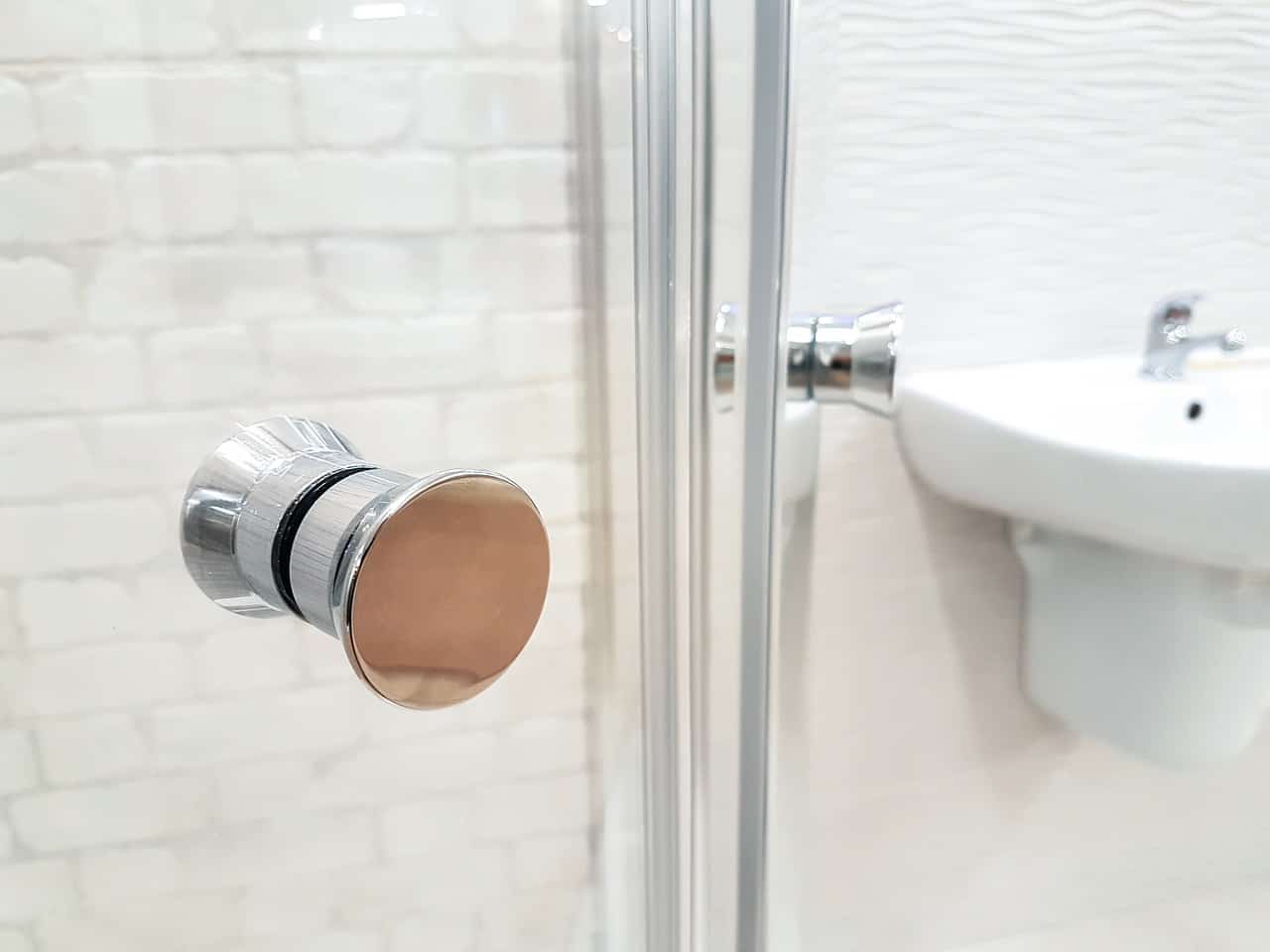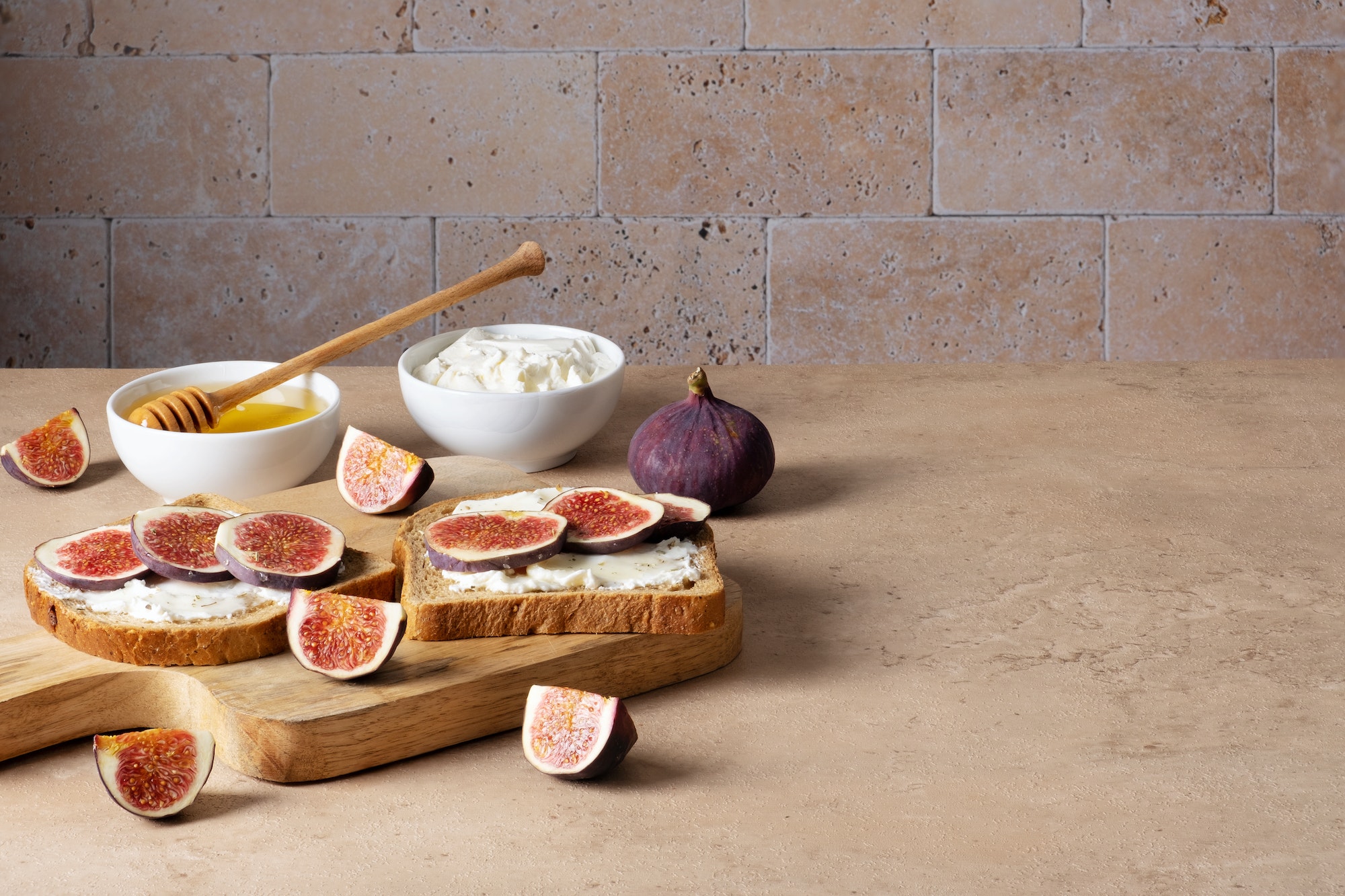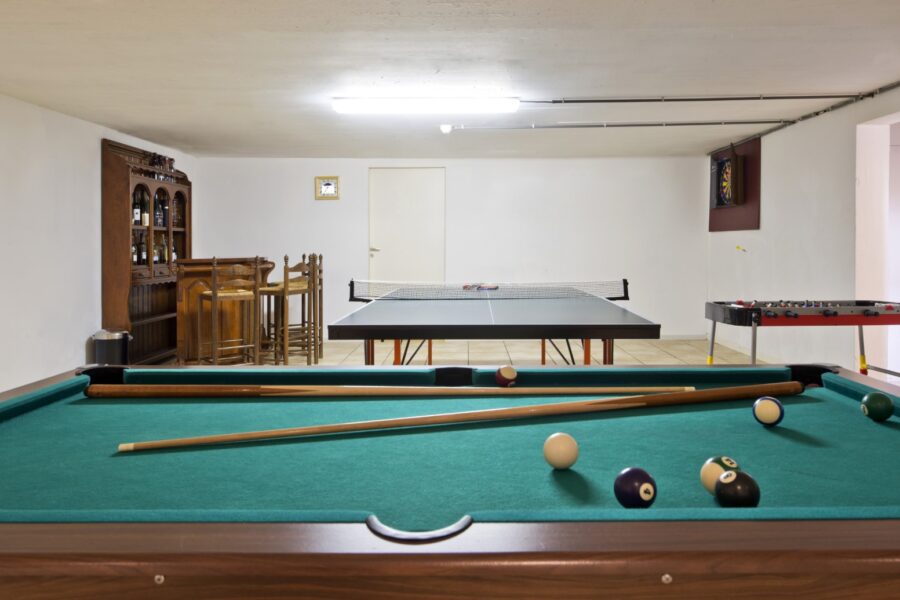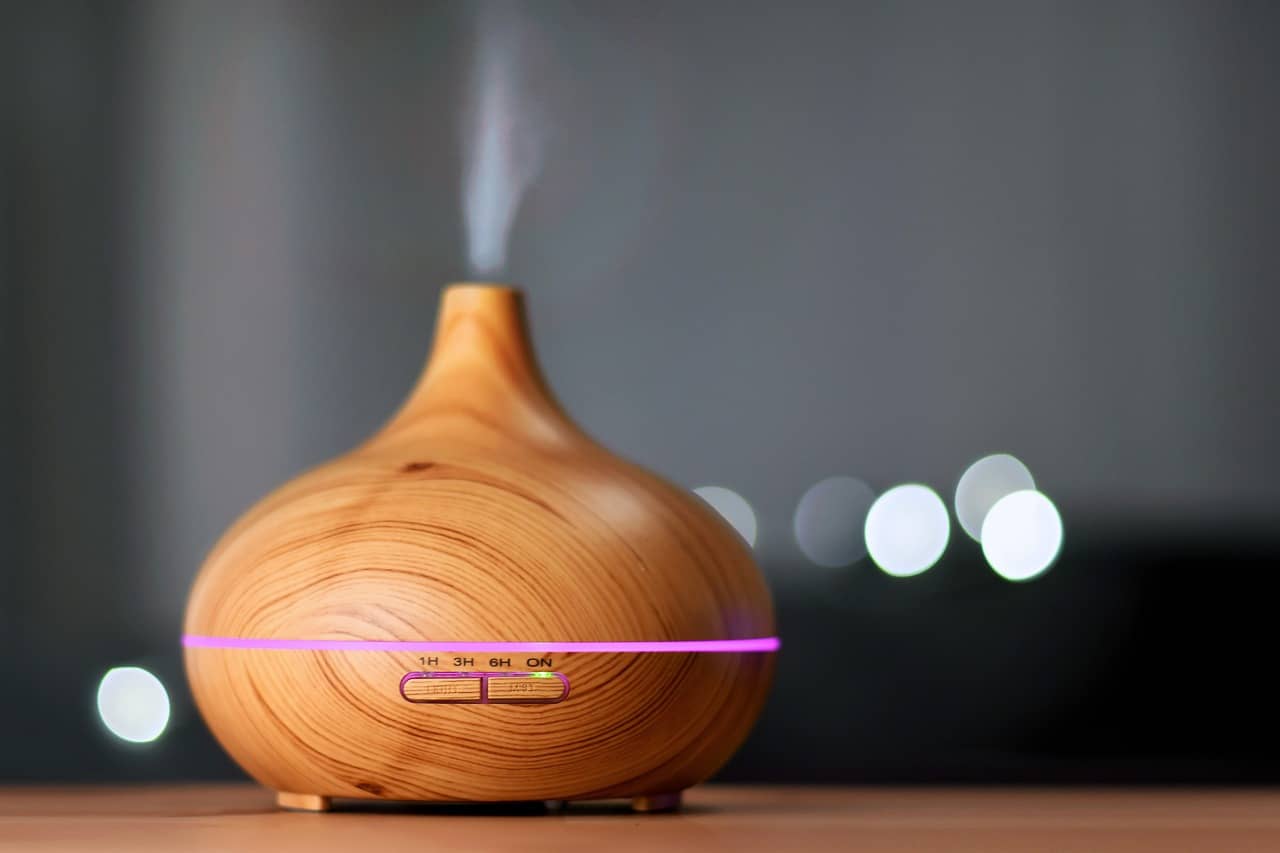Did you know that the top 10 percent of plumbers earn more than $80,000 per year?
When something goes wrong with our plumbing, we usually need it fixed fast. That’s why plumbers can earn the big bucks. They’re offering a service that when we need it, we really need it.
There are plenty of plumbing problems that can be fixed yourself, however. With a little practice, you’ll soon find yourself fixing all sorts of issues without spending a cent on plumbers.
If you’ve never tried your hand at plumbing then read on as we present our plumbing for dummies guide.
1. Know Where The Water Main Is
This is the more important thing to learn when you’re starting your journey into the world of plumbing.
The water main is where you turn off the water supply to your home. This is usually the first thing you will need to do before tackling any major plumbing job. If you can’t turn off the water, you’re going to have one heck of a time trying to fix a pipe or replace a showerhead.
When you’ve turned off the water main, be sure to open the faucet for the pipe you’ll be working on. This will let the water that’s still in the pipe drain out before you start work.
2. Locate Your Local Supply Valves
For smaller jobs such as repairing your toilet, or fixing a leaking faucet, you may not need to turn off the water supply to your entire home.
There will often be local supply valves that can turn off the water just in one specific area. If you’re fixing a toilet, you should be able to turn off the water in your bathroom, meaning that you can still have your washing machine running.
It also means that other people in your home won’t have to put up with the water being off whilst you work.
3. Thread Tape Is Your Friend
Water is a fickle mistress. It can find its way through even the smallest gaps. If your fittings aren’t perfectly tight, then you’ll soon have a drip to deal with.
Thankfully, thread tape is here to save the day. Simply wrap the tape around the thread of the part that you’re going to fit. Three times around should do the trick.
When you fit the part, the thread tape will make a lovely snug fit that won’t allow any water through.
4. Heat Can Loosen Tight Fittings
Your pipes or faucets may work for years without giving you a single problem. The trouble is, the longer they remain untouched, the harder it can be to loosen the fittings.
If you’ve got a stubborn fitting that isn’t responding to brute force, then try applying a little heat. Look out that little blow torch you bought all those years ago for scorching the top of your creme brulee, and then only used once. Carefully warm up your fitting, and you should find it comes loose with much less trouble.
DO NOT TRY THIS NEAR GAS PIPES. If you have gas pipes anywhere near the fittings you’re trying to remove, then bite the bullet and call a plumber.
5. Clogs Can Usually Be Fixed at Source
One of the most common plumbing problems is a clogged drain.
This is particularly common in bathrooms, where hair gets washed away in the shower and gets tangled together to form a barrier to the water. These types of problems are usually fairly easy to fix.
You may have seen products that promise to melt away clogs using chemicals, but the simplest and safest solution is to use a drain snake. Slide it down into the drain, and you should be able to haul out the disgusting mass of hair and filth.
Once you’ve done so, invest in a drain guard to stop the same problem happening again.
6. Start Small
If you’re thinking about tackling a plumbing job for the first time, make sure that you don’t get ahead of yourself.
Pick a job that doesn’t require too much expertise and won’t lead to any major damage if you mess up. One of the best places to start is with your toilet. There’s only a limited amount of water that it can hold, so provided that you’ve turned off your local supply valve, even if things go horribly wrong you’re not going to flood the whole house.
The flush mechanism is also fairly simple to understand. There aren’t that many parts, and it’s not too difficult to work out what they all do. Take a look on YouTube and you’ll find a ton of videos walking you through the fixes that you’re most likely to need to make.
7. Don’t Put Grease Down Your Drain
This last tip is more of a preventative measure, but it’s one that could save you a serious plumbing headache further down the line.
One of the biggest causes of drains getting blocked up is grease. Cooking oil and other greasy substances get poured down your drain, and over time they’ll start to congeal, picking up other bits of gunk along the way.
You’ve probably read about the enormous fatbergs that block up sewer systems. This is the type of problem you could face if you’re not careful.
The simple way around this problem is to let any cooking oil cool down, and then scrape it off into your trash. Your drain will thank you for it.
Ready to Move on From Plumbing for Dummies?
Now that you’ve learned the tips in this plumbing for dummies guide, you can get stuck in and start working on your plumbing skills.
When you’re ready to learn more, be sure you check back here for more useful tips and advice on all things home and architecture, including interiors, furniture, and more.
Discover more from Futurist Architecture
Subscribe to get the latest posts sent to your email.




